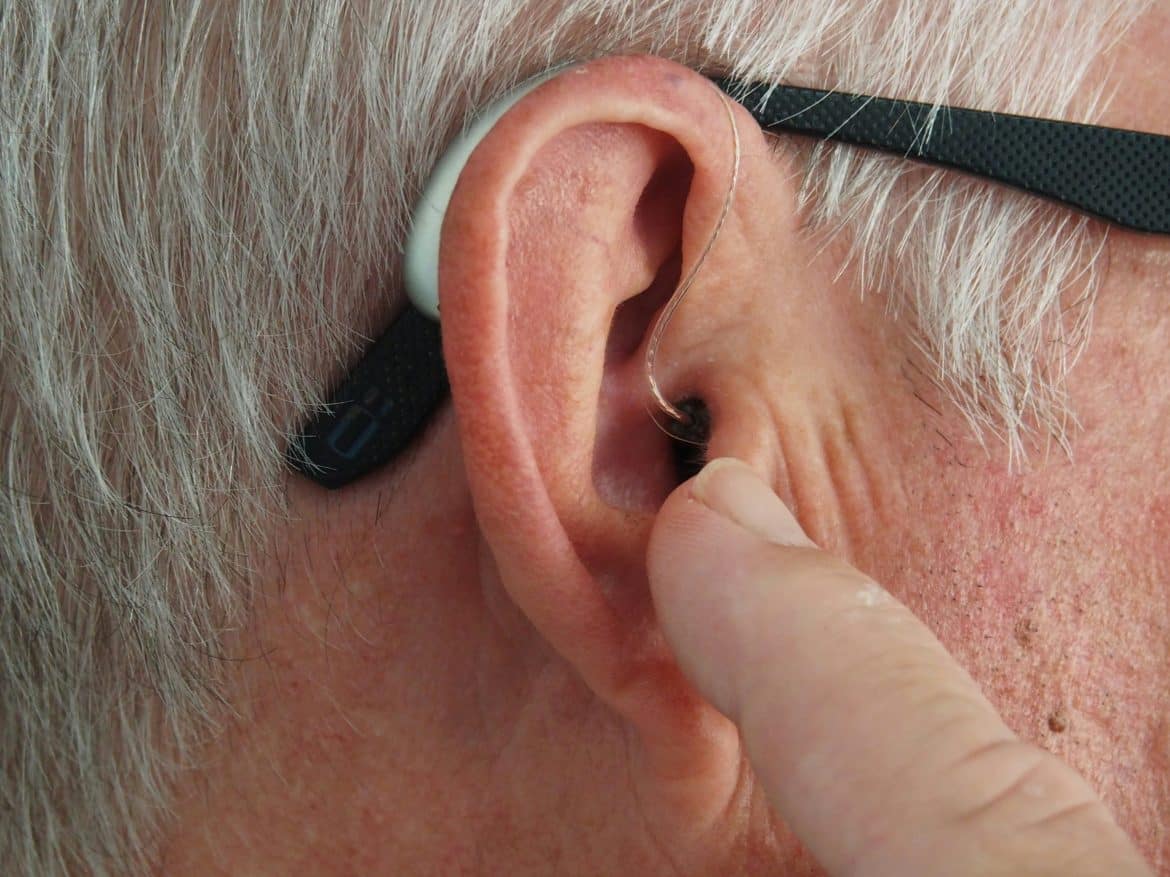You've come to the right place to learn about the effective management of canine ear hematoma. If your furry friend is experiencing this condition, it can be a cause for concern. But fear not, because in this article, we will discuss the best practices and treatments available to help your beloved pet find relief and heal their ear hematoma. From understanding the causes to exploring various treatment options, we'll guide you through the process of ensuring the well-being and comfort of your canine companion. So, let's get started on this journey towards effective management of canine ear hematoma together!
Understanding Canine Ear Hematoma
A canine ear hematoma is a condition in which the outer part of a dog's ear becomes filled with blood or fluid. It is often characterized by a swollen, puffy appearance and can be quite painful for the dog. This condition is most commonly seen in dogs with floppy ears, such as Basset Hounds or Cocker Spaniels, but can occur in any breed. Understanding the causes, symptoms, and diagnosis of canine ear hematoma is crucial for effective management and treatment of the condition.
Causes of Canine Ear Hematoma
There are several factors that can contribute to the development of a canine ear hematoma. The most common cause is trauma or injury to the ear, such as shaking the head vigorously or scratching at the ear. This can lead to rupture of a blood vessel and the accumulation of blood or fluid in the ear. Other possible causes include ear infections, allergies, and underlying health conditions that affect blood clotting. Identifying the underlying cause is important in order to prevent further hematomas from occurring.
This image is property of images.unsplash.com.
Symptoms and Diagnosis of Canine Ear Hematoma
The most obvious symptom of a canine ear hematoma is a swollen and puffy ear. The affected ear may feel warm to the touch and may be painful for the dog. In some cases, the ear may also have a lumpy or bumpy appearance. A veterinarian can diagnose a canine ear hematoma through a physical examination of the ear. They may also recommend additional tests, such as bloodwork or a culture of the ear, to identify any underlying infections or health conditions.
Treatment Options for Canine Ear Hematoma
There are several treatment options available for canine ear hematoma, depending on the severity of the condition and the underlying cause. Treatment can be divided into three categories: conservative management, medical interventions, and surgical options. The chosen treatment approach will depend on factors such as the size of the hematoma, the overall health of the dog, and the preferences of the owner.

This image is property of images.unsplash.com.
Conservative Management Strategies
Conservative management involves non-invasive methods for treating a canine ear hematoma. These strategies are typically used for smaller hematomas or for dogs who are not good candidates for surgery. Rest and immobilization are often recommended, as excessive head shaking or scratching can exacerbate the condition. Warm compresses applied to the affected ear can help reduce swelling and promote healing. Anti-inflammatory medications may be prescribed to reduce pain and inflammation. The use of an Elizabethan collar (or E-collar) is essential to prevent the dog from further traumatizing the ear.
Medical Interventions for Canine Ear Hematoma
Medical interventions may be necessary for larger or more severe hematomas. Corticosteroid injections are often used to reduce inflammation and promote healing. Aspiration and drainage may be performed to remove the accumulated blood or fluid from the ear. This is typically done under anesthesia and involves the use of a needle or catheter to puncture the hematoma and drain the contents. Antibiotics may be prescribed if an underlying infection is present. Bandaging techniques may also be used to provide support and prevent further swelling.
This image is property of images.unsplash.com.
Surgical Options for Canine Ear Hematoma
Surgical intervention may be necessary for large or chronic hematomas that do not respond to conservative management or medical interventions. The most common surgical option is incision and drainage, in which a small incision is made in the ear to remove the accumulated blood or fluid. Vacuum-assisted closure may also be used, which involves the application of negative pressure to the wound to promote healing. Laser therapy is another surgical option that can reduce inflammation and promote tissue regeneration. Suture techniques may be used to close the incision and provide support to the ear.
Post-Treatment Care for Canine Ear Hematoma
After treatment, it is important to monitor the dog for any signs of recurrence. Administering any prescribed medications as directed by the veterinarian is crucial for proper healing. Keeping the affected ear clean and dry is essential to prevent infection. This may involve gently cleaning the ear with a veterinarian-recommended solution and drying it thoroughly. Preventing self-trauma is also important, and the use of an Elizabethan collar may be necessary for an extended period of time.
Preventing Canine Ear Hematoma
While it may not always be possible to prevent canine ear hematomas, there are steps that can be taken to reduce the risk. Identifying predisposing factors, such as allergies or underlying health conditions, can help prevent hematomas from occurring. Regular ear cleaning and inspection can also help identify any signs of irritation or infection early on. Keeping the ears dry and avoiding excessive moisture can help prevent swelling and irritation. Addressing any underlying ear disorders, such as infections or allergies, is crucial for preventing future hematomas.
When to Seek Veterinary Care
If you notice any early signs of a canine ear hematoma, such as swelling or discomfort in the ear, it is important to seek veterinary care as soon as possible. Early intervention can help prevent the hematoma from becoming larger and more difficult to treat. If symptoms worsen or if your dog shows signs of pain or distress, seeking veterinary care is crucial. Prompt treatment can help prevent complications and ensure a faster and more successful recovery for your canine companion.
Common Misconceptions about Canine Ear Hematoma
There are several common misconceptions about canine ear hematoma that are important to address. One misconception is that ear mites are the primary cause of hematomas. While ear mites can cause irritation and scratching that may contribute to the development of a hematoma, they are not the primary cause. Treating the underlying cause of the hematoma, such as an ear infection or allergies, is necessary for effective management. Another misconception is that home remedies, such as applying vinegar or herbs to the ear, can cure a hematoma. These remedies are not recommended and can potentially worsen the condition. Finally, it is important to note that canine ear hematomas do not typically resolve on their own without treatment. Prompt and effective management is necessary for a successful outcome.
Conclusion
Effective management of canine ear hematoma involves understanding the causes, symptoms, and treatment options available. Conservative management strategies, medical interventions, and surgical options are all viable approaches for treating a hematoma. Post-treatment care, including monitoring for recurrence and following veterinary recommendations, is essential for a successful recovery. Taking preventive measures, such as regular ear cleaning and addressing underlying ear disorders, can help reduce the risk of hematomas occurring. By seeking veterinary care early and debunking common misconceptions, pet owners can ensure the prompt and effective management of canine ear hematoma, leading to improved outcomes and a healthier, happier dog.




